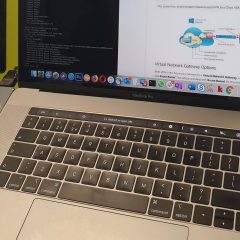Windows XP – Sysprep (for imaging)
KB ID 0000599 Problem A client who we recently did a WDS (Windows 7) install for, needed to image a couple of Windows XP machines, (They had some software that either would not run, or was not supported on Windows 7). They asked me for some documentation on how to do this, it’s been such a long time since I imaged any XP machine, so I took the opportunity to document it properly. Solution Before you begin, be aware you need to...
WDS – “The Network Path was not found” when adding an Unattend file
KB ID 0000487 Problem Saw this last week, while trying to use an unattended file for the roll out of some machines with WDS. Every time you try and enter a value you get “The network path was not found” error, no combination of file path or UNC path seems to cure the problem. Solution This is a “work around” not a fix, essentially it will not accept any value you put into the path without throwing and error. If...
Windows Deployment Services – Asks for Locale and Keyboard
KB ID 0000734 Problem Seen when deploying images with WDS, even though you have specified language, and keyboard settings in your answerfile. The system still asks you to set the language and keyboard options. For a couple of machines you might put up with this, but for a few thousand machines it can get quite annoying! Solution There is a reason it’s doing this, and it’s because the next thing it asks you to do is...


